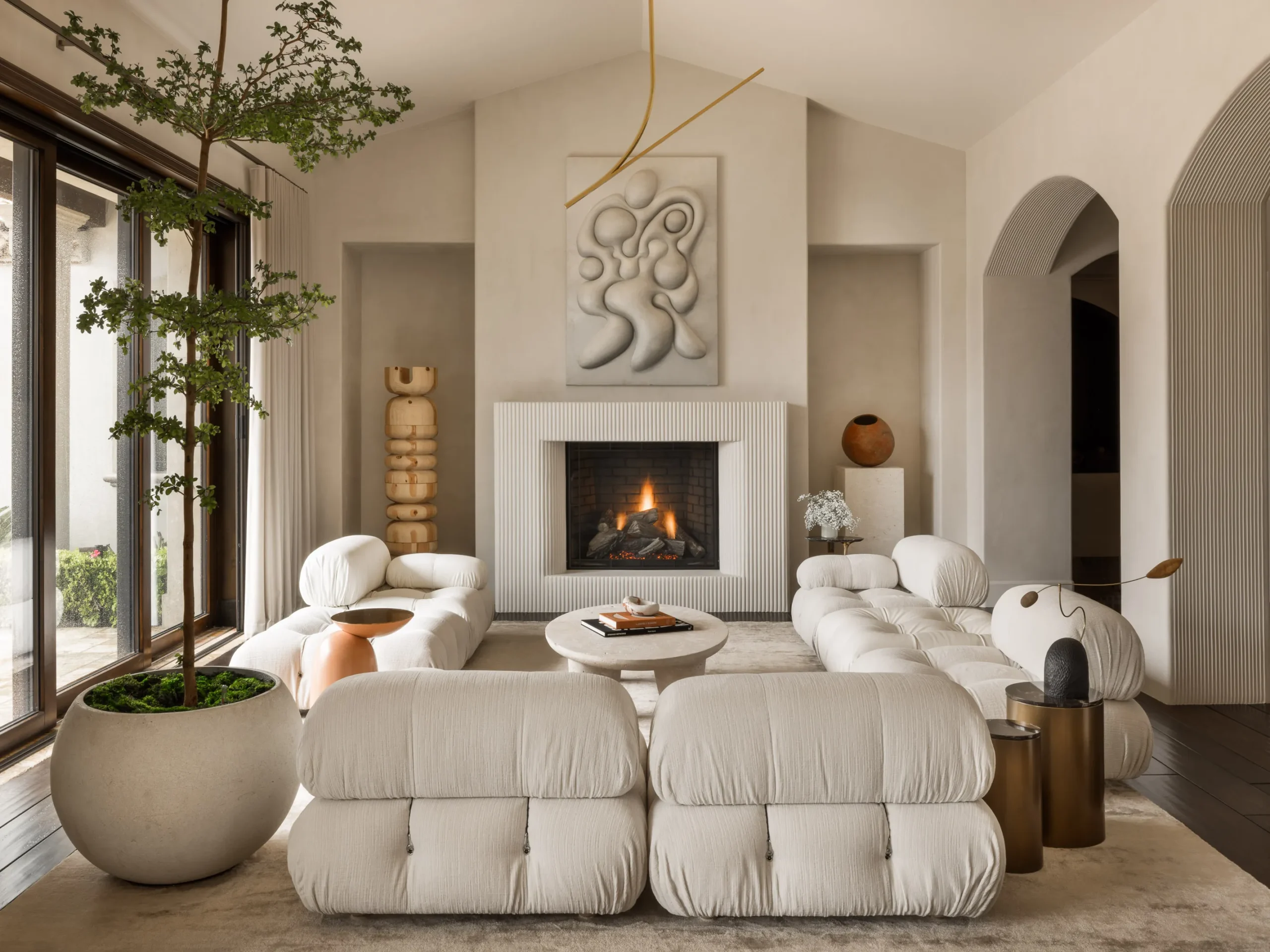Incorporating plants into your home decor is one of the most effective ways to bring life, color, and freshness into your space. More than just a trend, decorating with plants adds texture, improves air quality, and creates a calming atmosphere — all while complementing a wide range of design styles.
Whether you live in a spacious house or a compact apartment, there are smart and stylish ways to make plants a natural part of your home aesthetic. Here’s how to do it right.
1. Choose the Right Plants for Your Space
Not every plant thrives in the same conditions, so consider your environment first:
- Low light: Go for snake plants, pothos, ZZ plants, or peace lilies
- Bright, indirect light: Try fiddle leaf figs, monstera, or spider plants
- High humidity (e.g., bathrooms): Ferns, calatheas, and orchids work well
- Dry spaces: Succulents and cacti are perfect for drier environments
Also, think about your lifestyle — if you travel often or tend to forget watering, stick to low-maintenance varieties.
2. Use Plants to Add Texture and Layering
Plants add instant texture to any room, especially when combined with different types of foliage:
- Broad-leafed plants add a lush, dramatic feel
- Spiky plants create a modern, sculptural look
- Hanging plants soften corners and vertical lines
- Climbing plants can add movement and visual flow
Use plants as natural “softeners” alongside furniture with hard lines or neutral tones.
3. Make Plants a Focal Point
A well-placed plant can serve as a centerpiece, drawing the eye and setting the tone of a room:
- Place a large fiddle leaf fig or monstera in an empty corner
- Use a sculptural planter as a statement piece
- Let a hanging plant cascade down from a tall shelf or ceiling hook
These elements can become natural highlights in your living room, hallway, or even your kitchen.
4. Mix and Match Plant Types and Sizes
Create a visually interesting setup by combining plants of different shapes and sizes:
- Group small potted plants on a windowsill or shelf
- Layer medium-sized plants on furniture or stools
- Let large floor plants fill empty spaces near windows or corners
This technique mimics how plants grow in nature and adds dimension to your decor.
5. Choose Stylish Planters and Pots
Your choice of planter is just as important as the plant itself. Use this opportunity to match or contrast your home’s decor style:
- Modern home: Sleek metal or matte ceramic pots
- Rustic or boho style: Terracotta, woven baskets, or distressed clay
- Scandinavian vibe: Simple white pots with clean lines
- Eclectic space: Mix colors, textures, and shapes for an artistic look
Planters also help define the color palette and texture of your space.
6. Use Plants to Define Zones
In open-concept spaces or studio apartments, plants are a great way to visually separate areas:
- Use tall plants like bamboo palms or rubber plants as dividers
- Place hanging plants between a living and dining area
- Line up small potted herbs in a kitchen window to mark the cooking zone
This technique creates boundaries without building walls or using bulky furniture.
7. Decorate Vertical Space with Hanging Plants
If floor space is limited, go vertical:
- Hang planters from the ceiling with macramé holders
- Mount wall planters or shelves to display smaller plants
- Use hanging baskets in front of windows or on balconies
This adds greenery without cluttering surfaces or pathways.
8. Incorporate Plants in Every Room
Don’t limit greenery to just the living room. Here are ideas for other spaces:
- Bedroom: Use calming plants like lavender or aloe vera for a relaxing vibe
- Bathroom: Choose moisture-loving plants like ferns or peace lilies
- Kitchen: Decorate with small pots of herbs for both beauty and utility
- Home office: Add a few succulents or snake plants for a productivity boost
Each room benefits from the natural energy that plants bring.
9. Rotate and Refresh Your Plants
Even indoor plants benefit from occasional changes:
- Rotate pots every few weeks for even sunlight exposure
- Change their placement with the seasons — move sun-loving plants to brighter spots in winter
- Refresh soil and trim leaves to keep them looking vibrant and healthy
Keeping plants fresh also refreshes the overall look of your home.
10. Use Faux Plants if Necessary
If your space doesn’t get enough light or you want a no-maintenance option, high-quality artificial plants can be a good alternative. Modern faux plants look realistic and still add greenery and texture.
Choose them for high shelves, dark corners, or spots that are hard to reach — and mix them with real plants to maintain authenticity.
Green Style, Naturally Beautiful
Decorating with plants is one of the simplest yet most transformative things you can do for your home. Whether you want to create a lush indoor jungle or add just a few touches of green, plants bring warmth, texture, and a sense of life to every space. With thoughtful placement and a little care, your home will feel fresher, cozier, and more connected to nature.
